- Western Sydney International Airport is now almost complete.
- It’s going to be the most modern airport in Australia, opening in late 2026.
- From arrival to departure, many will travel paperless.
Western Sydney International (Nancy-Bird Walton) Airport is taking shape as Australia’s first “paperless” gateway, knitting biometric ID checks into every step of the journey—from check-in to boarding.
From its beautiful local sandstone interiors to round-the-clock operations when it opens in late 2026, WSI will change the face of Greater Sydney.
On a visit this week, the terminal’s self-service flow was on full display: passengers will check in with facial biometrics, drop their own bags at automated units that tag and dispatch luggage, and then clear the gate with another biometric scan—no boarding passes or passports repeatedly presented along the way.
That’s by design: WSI has partnered with Amadeus to embed cloud-based passenger processing and biometrics at check-in, bag drop and boarding to “minimise the need to present physical travel documents.”
Architecturally, WSI is a collaboration led by Zaha Hadid Architects and COX Architecture, with Woods Bagot and Multiplex delivering the terminal.
The design leans into Western Sydney’s landscape—broad horizons, filtered light, and a timber-slatted ceiling that evokes sunlight through eucalyptus bark—while weaving in references to Dharug Country.
You can see the Blue Mountains from its copious glass windows, and light streams in everywhere, which CEO Simon Hickey proudly tells us adds to the calm passengers will feel in this enormous building, with wood ceilings and expansive areas.
Visitors will notice patterned stonework throughout; the project team has highlighted Sydney’s sandstone DNA, including large-scale reuse of sandstone excavated from the WestConnex and Sydney Metro tunnelling programs for airfield and earthworks.
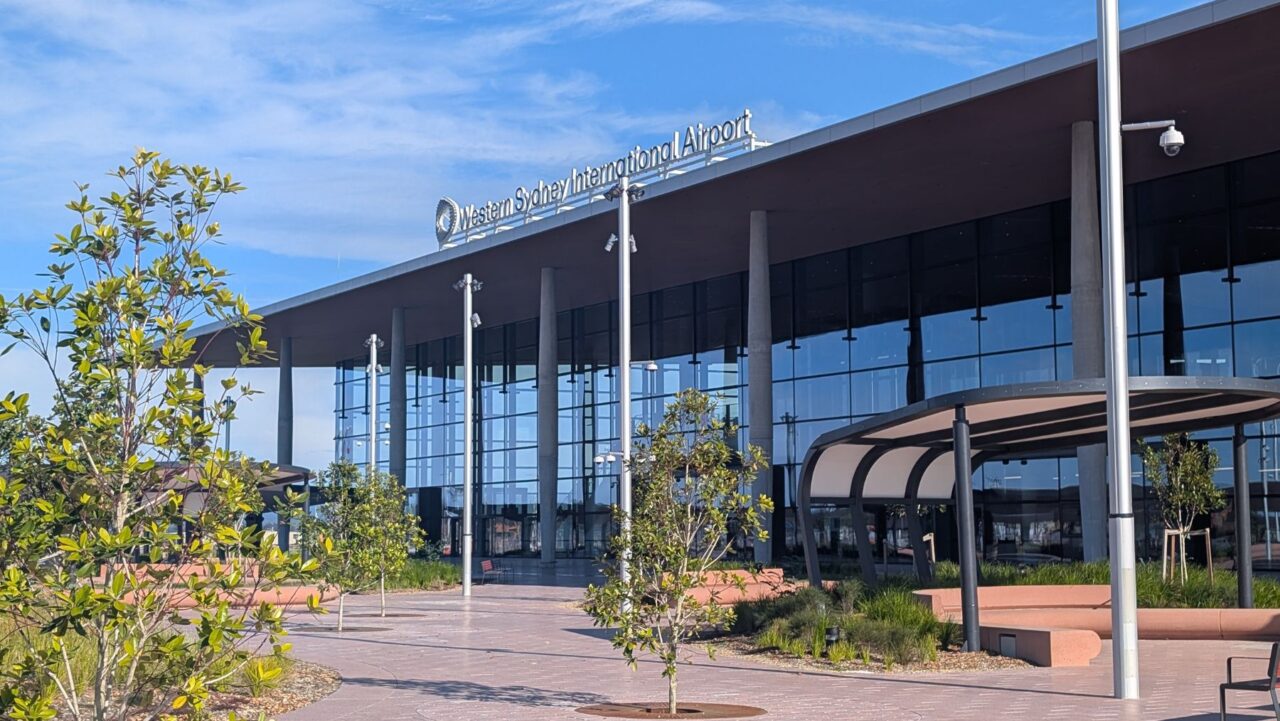
READ MORE: A day trip to Parramatta: What to see, eat and do
When will it open
WSI says major construction on the terminal is complete, and the project remains on schedule for domestic, international and air-cargo services to commence in late 2026. Unlike Sydney Kingsford Smith, WSI will operate without a night curfew—something the airport’s leadership calls a major economic edge for the city’s west.
Airlines are lining up. The Qantas Group has committed 15 narrow-body aircraft (10 Jetstar, five Qantas) at launch, forecasting around 4 million passengers annually on more than 25,000 flights. Singapore Airlines has been announced as the first international carrier, and Air New Zealand has signalled Auckland services from mid-2027.
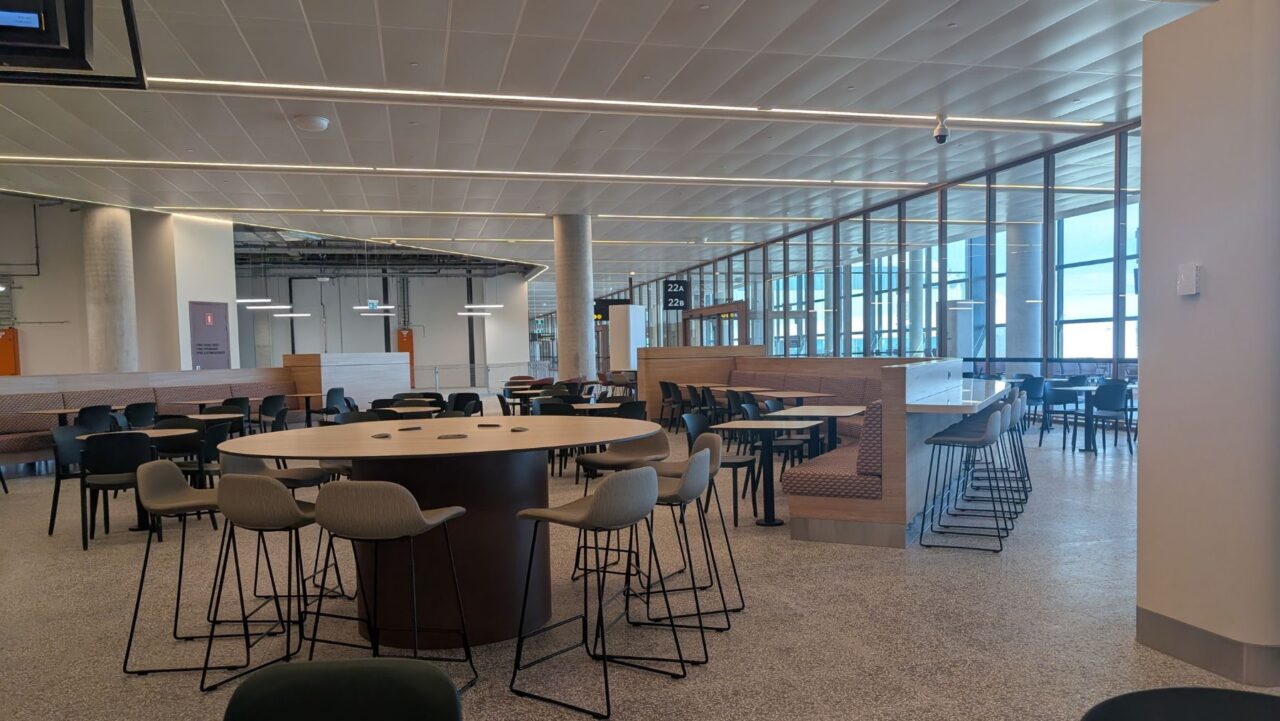
How many passengers will it handle?
Traffic forecasts vary by planning document, but they sketch a steep growth curve, with passenger numbers rising from 8.4 million by 2030 to 19.3 million by 2045.
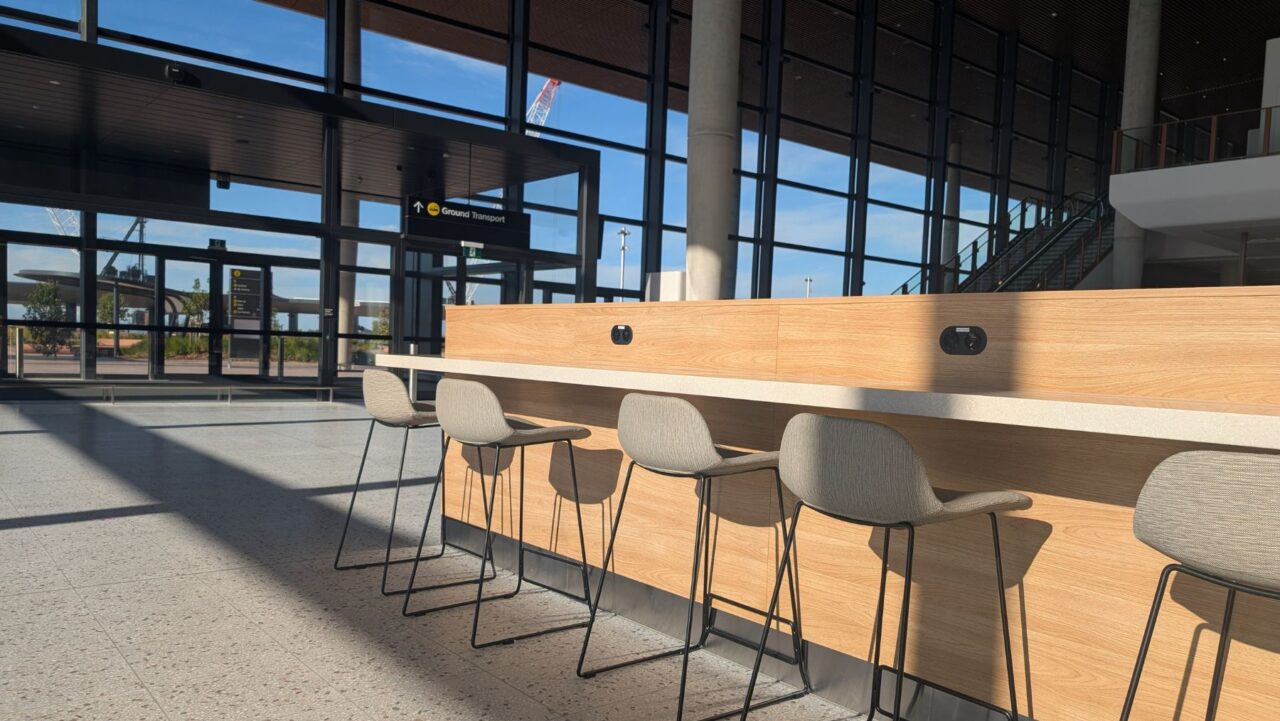
READ MORE: Leichhardt’s new theatre will host hit Broadway musicals as the Italian Forum enters its second act
Getting there: motorway first, metro next
Road and rail links are racing the clock. The toll-free M12 Motorway – a 16-kilometre east-west link to the M7 and The Northern Road – has passed major construction milestones and is slated to open before the airport.
The Sydney Metro – Western Sydney Airport line is under construction; government sites continue to describe the rail as tied to the airport’s opening.
Either way, the station will sit in the terminal plaza, ultimately connecting WSI with St Mary’s and the Bradfield Aerotropolis.
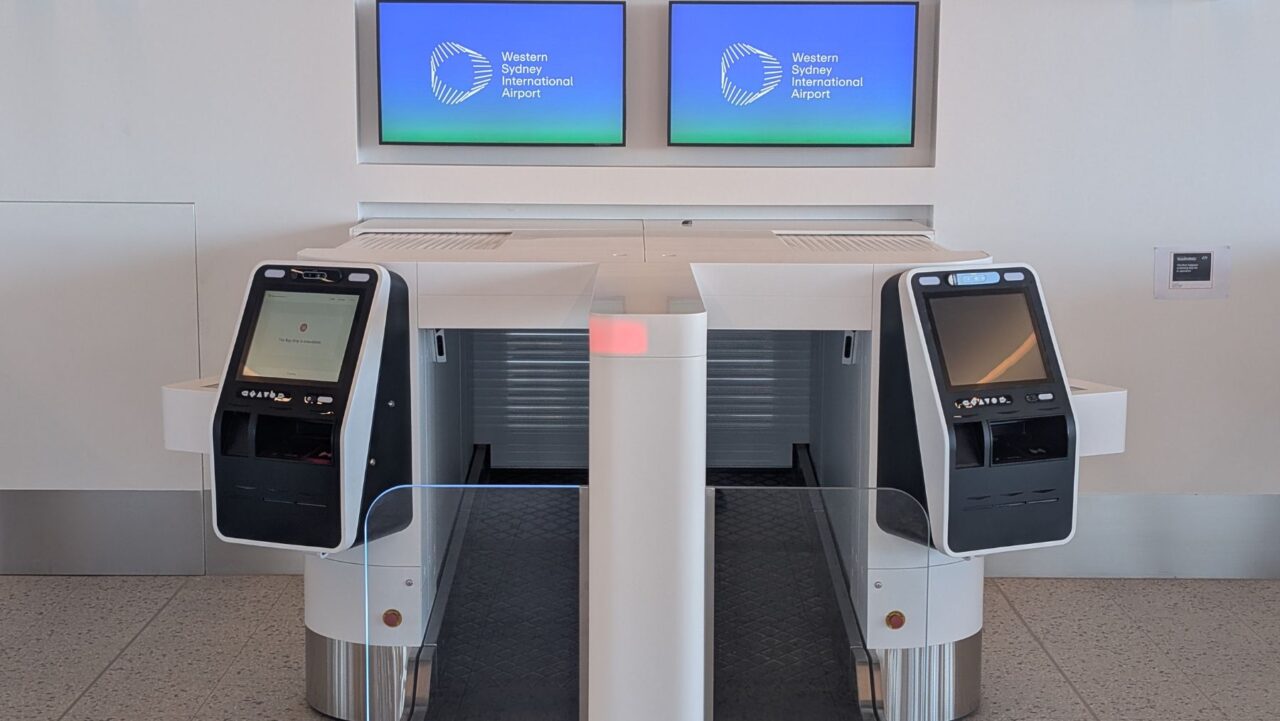
Inside the “paperless” journey
WSI’s passenger model centres on self-service, automation and visibility, with domestic and international passengers arriving at the same building before being filtered into their respective departure areas:
- Biometric identification at key touchpoints replaces repeated document checks.
- Automated self bag-drop units print and tag bags before routing them into a next-gen baggage system—tech the airport pitches as delivering a faster, more predictable departure. Hickey says he learned much from studying the Amazon parcel delivery model.
- A single, integrated terminal houses both domestic and international gates under one roof to streamline transfers.
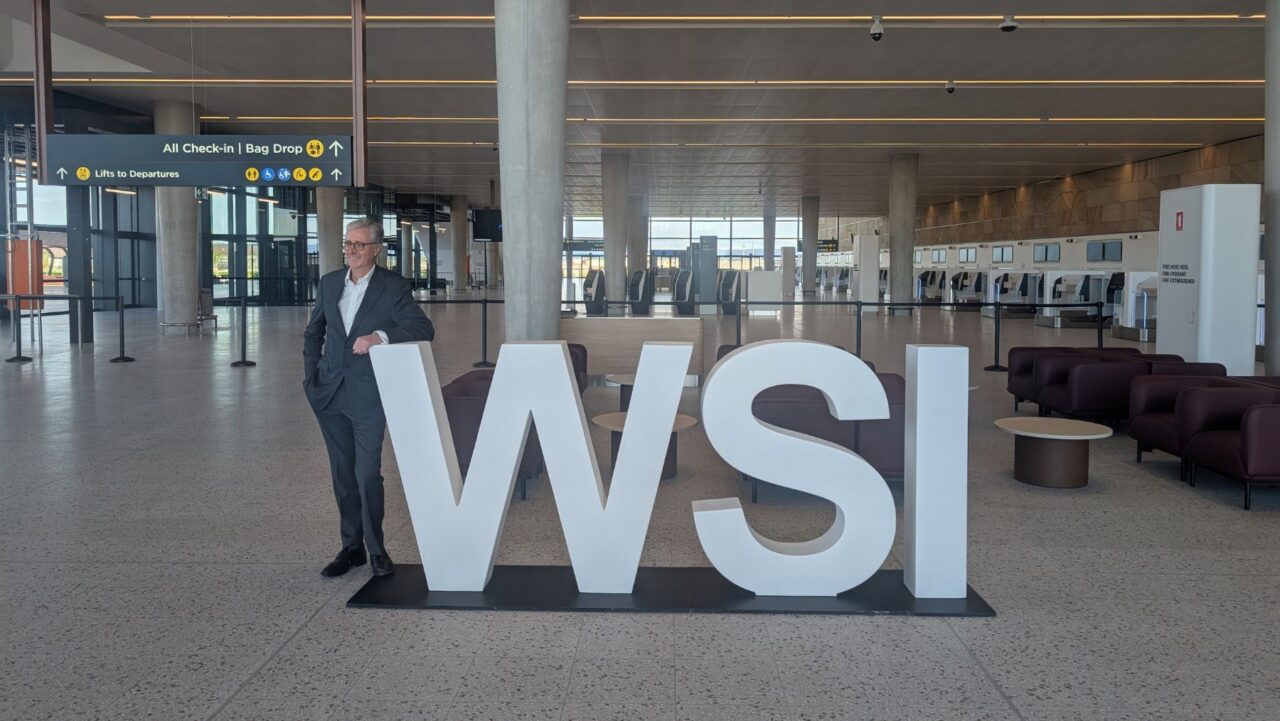
READ MORE: Sydney’s aggressive nightlife push is inspiring other countries
Why it matters
Greater Western Sydney is one of Australia’s fastest-growing regions. A 24/7 airport with modern turn-times, abundant domestic lift from day one, and early international anchors should relieve pressure on Kingsford Smith while opening new Asia-Pacific connectivity for the west—particularly to markets like India, China and Vietnam.
If forecasts hold, WSI is expected to crest at eight to ten million passengers early in the next decade, with long-term capacity already built in.



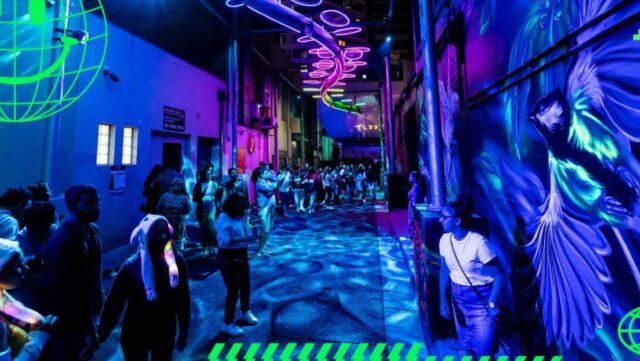
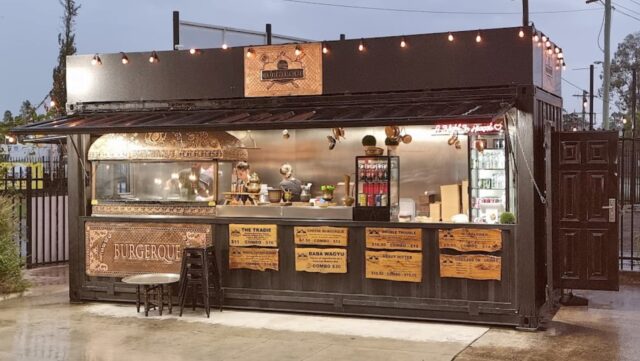
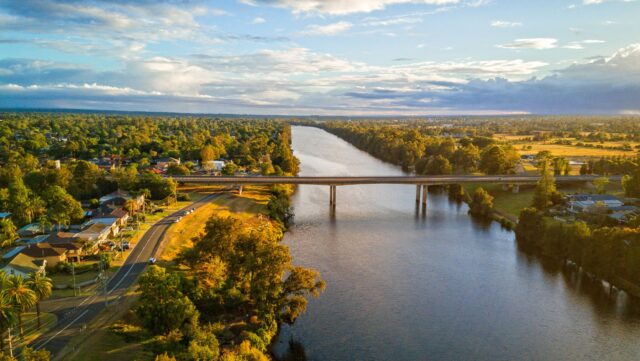
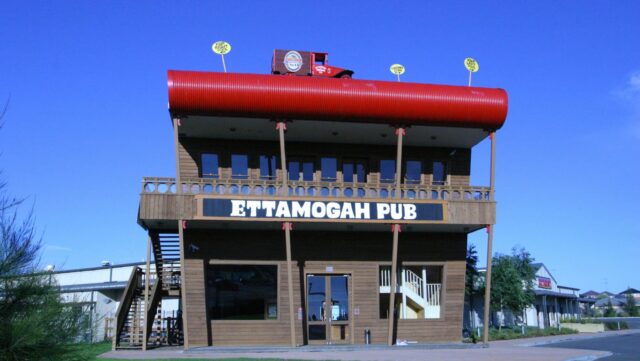
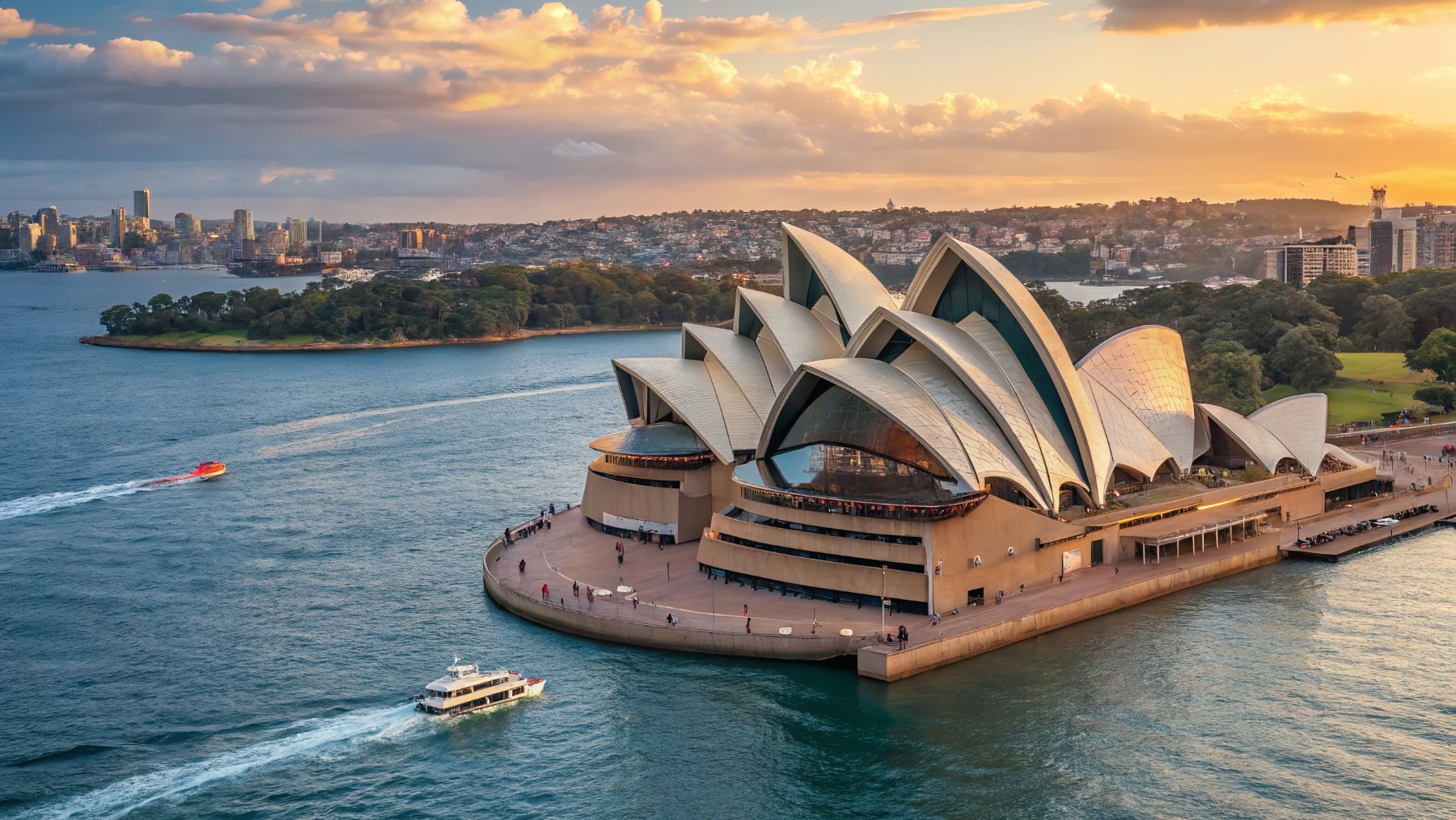






Cannot wait to view the new airport
How can we get access to look around